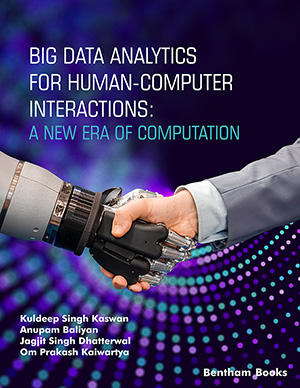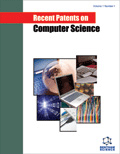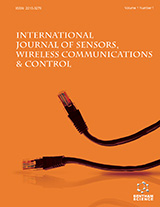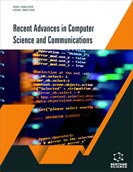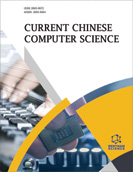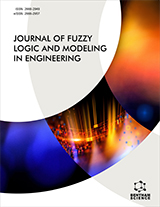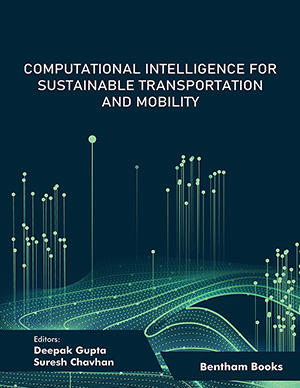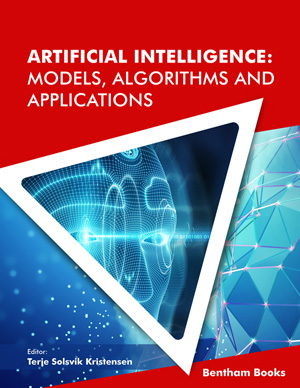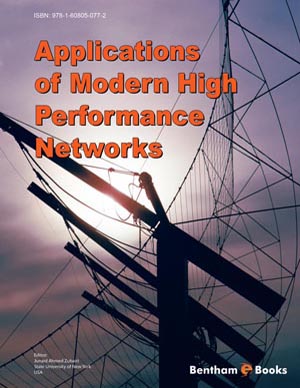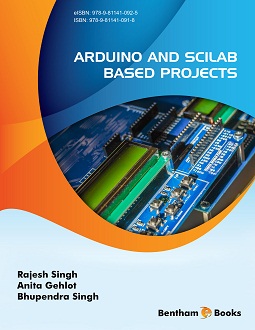Abstract
Automation is not a new phenomenon, and it automates the mechanization
that helps us learn, develop, decide and act in a context, like a human being in the new
paradigm change as a result of emerging technologies. Recent improvements in
processing capacity, historical data availability, low-cost sensors, and systems for
transmitting high-speed data give rise to the possibility of imitating and automating a
mature human brain function. Businesses increasingly rely on software robot systems
that mimic how people perform a repetitive activity and eliminate the need for human
involvement. However, these systems cannot judge or learn from past actions and
consequences, thus confining the automation process to basic repeating process
automation. Integrating cognitive characteristics in robotic software systems, which
makes the business digital, can address this challenge. This chapter discusses the
developments and the problems faced in using cognitive systems, architecture,
applications, and cognitive models for electronics manufacturing. This chapter also
discusses the cognitive computing principle to improve the knowledge base and the
dependencies between these components.
Keywords: Abstraction representations, Computational techniques, Cognition program, Machine-Learning algorithms, Prefrontal cortex, Iterative process, Analyzed personality, Correlations, Databases, Data protection, Security, Memory structure, Electronic health records, Predictive analysis, Neural circuitry, Supervised learning, Preconceptions, Regression, Behavioral microprocessor, Unsupervised learning.


